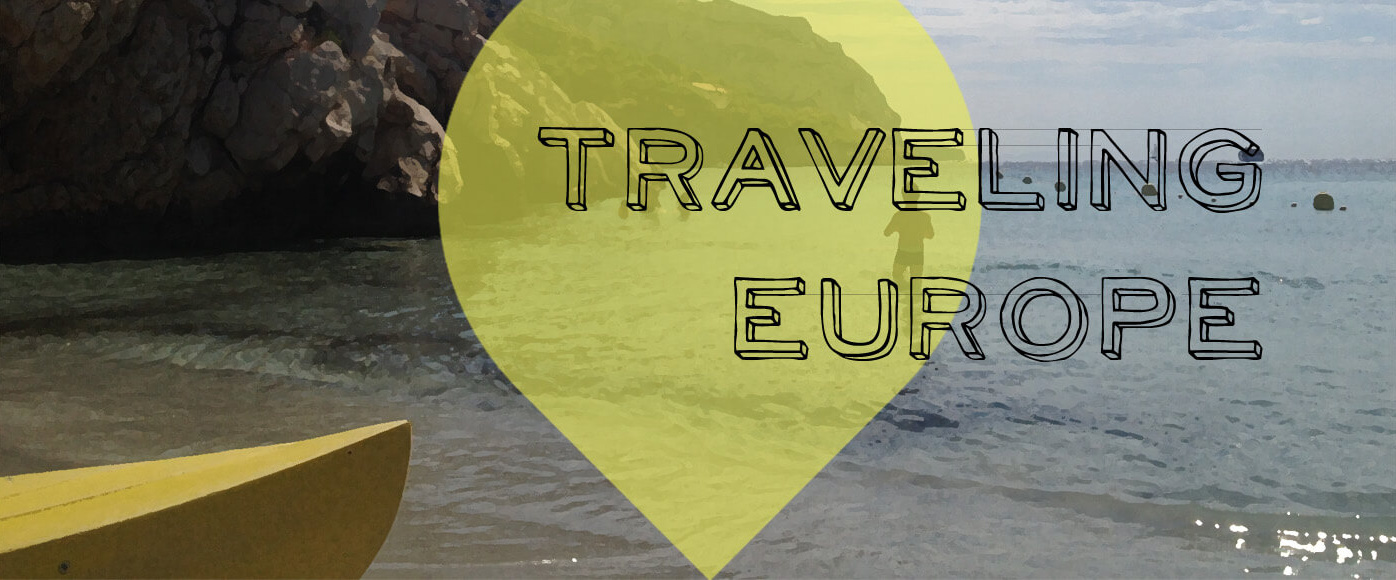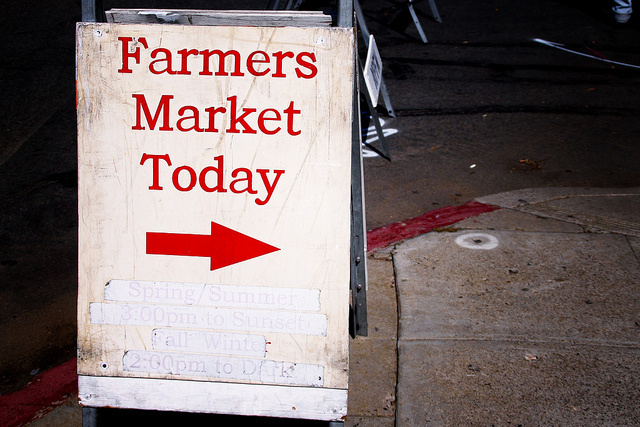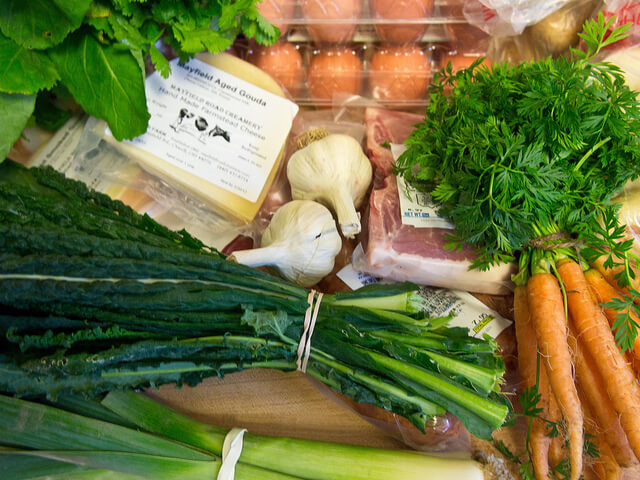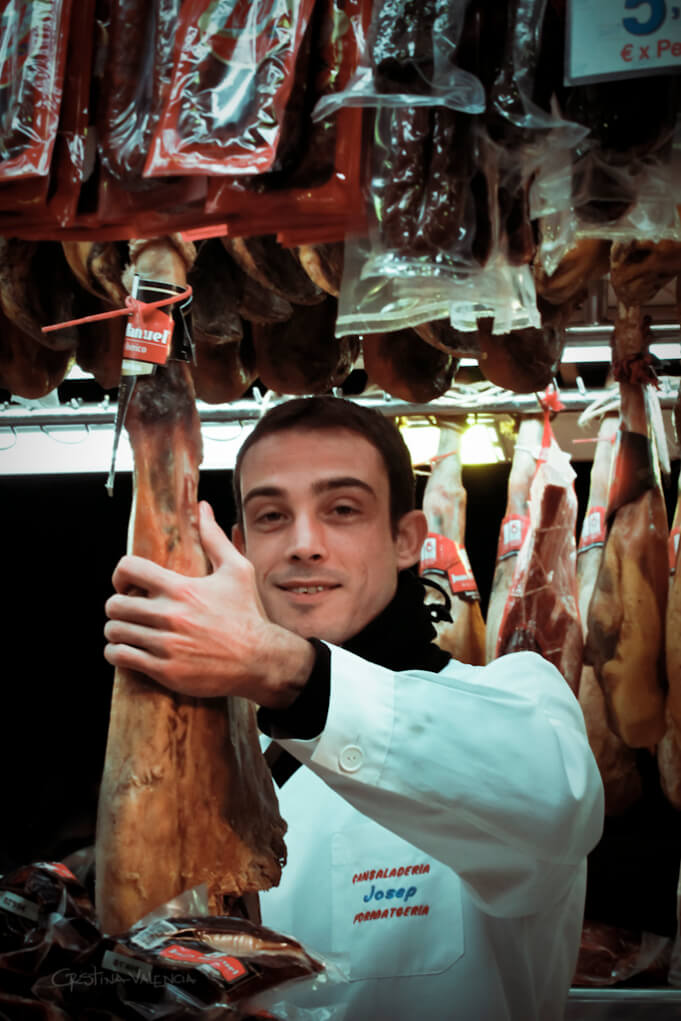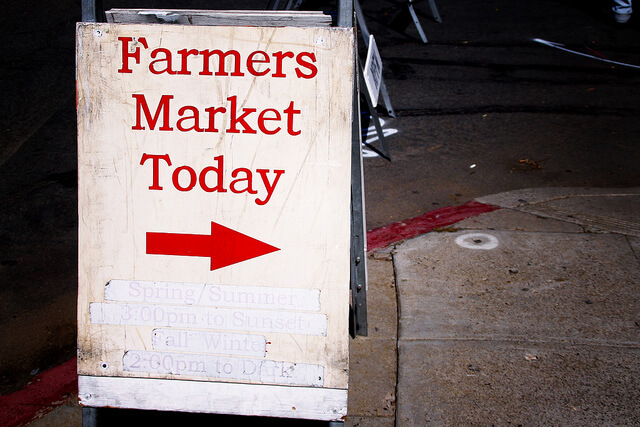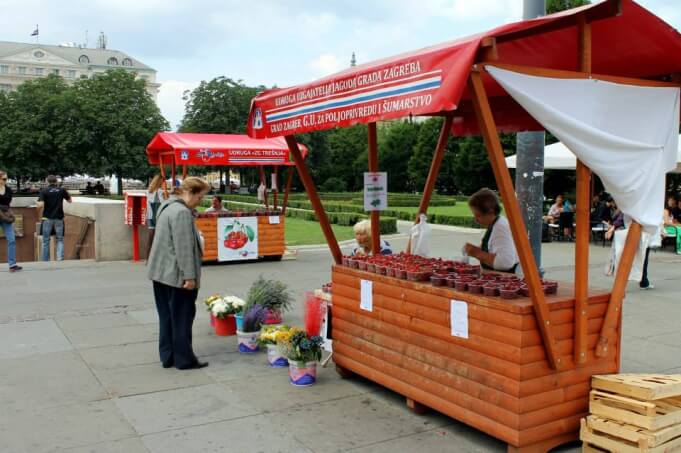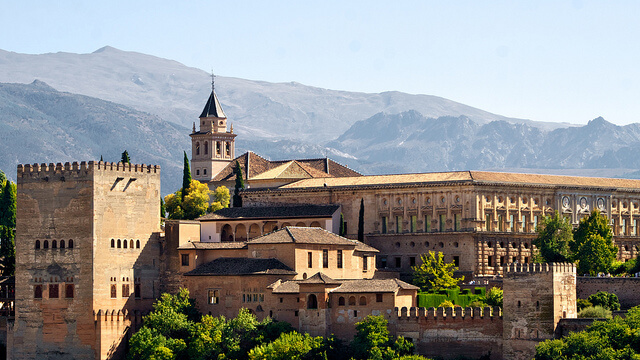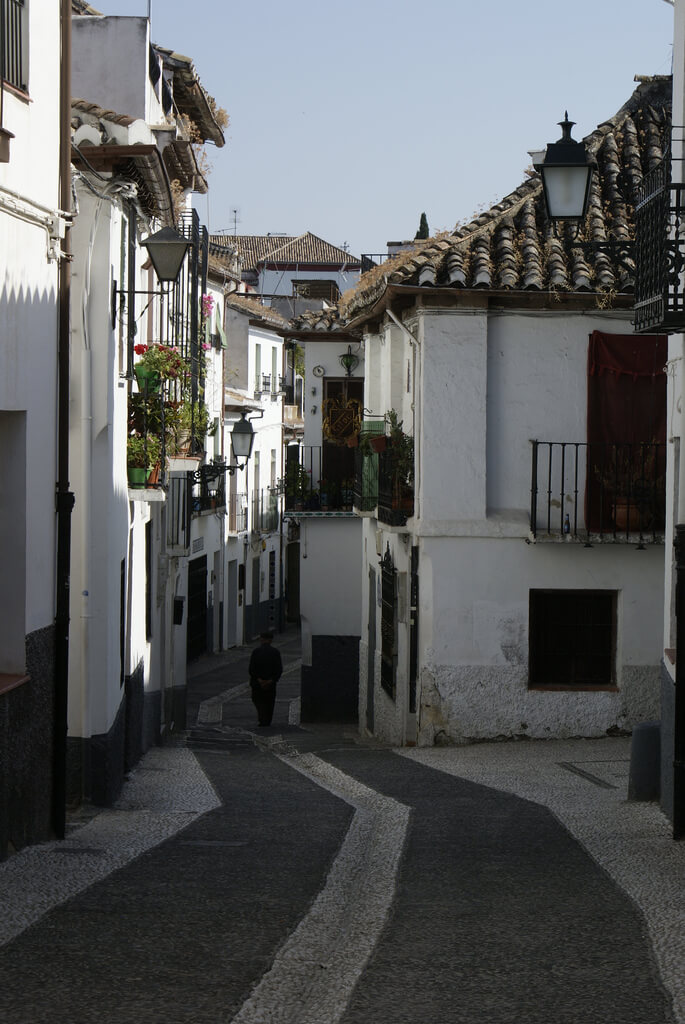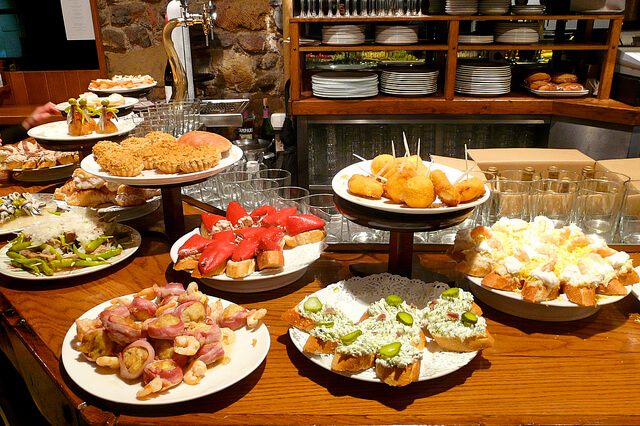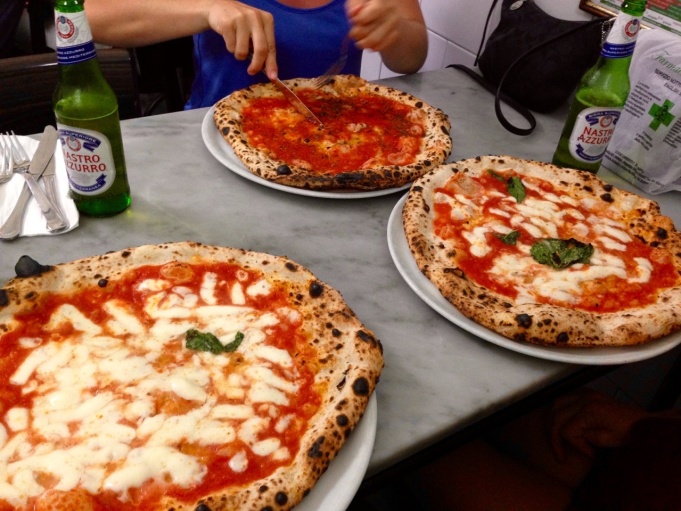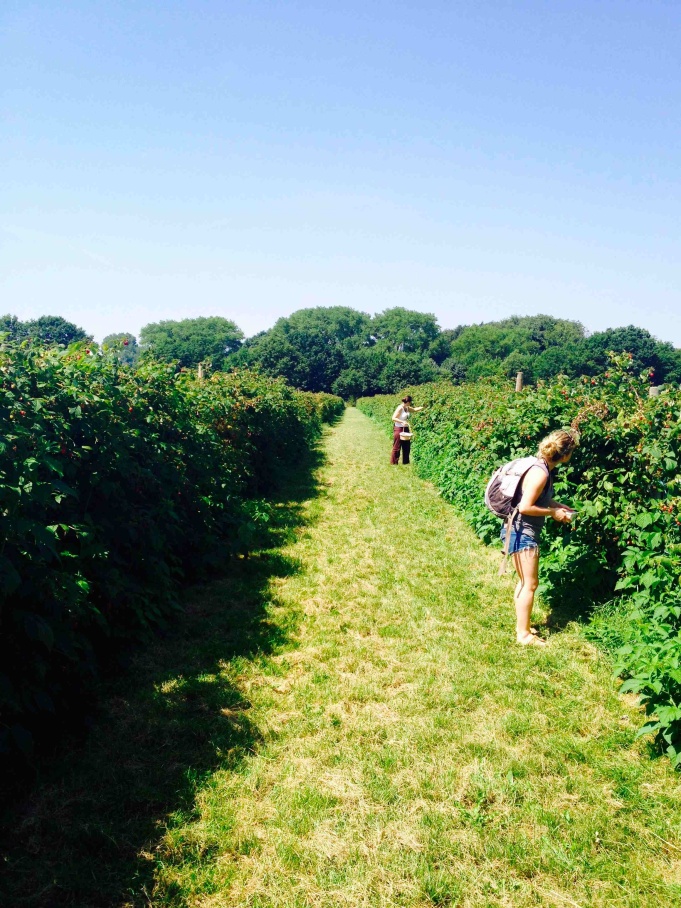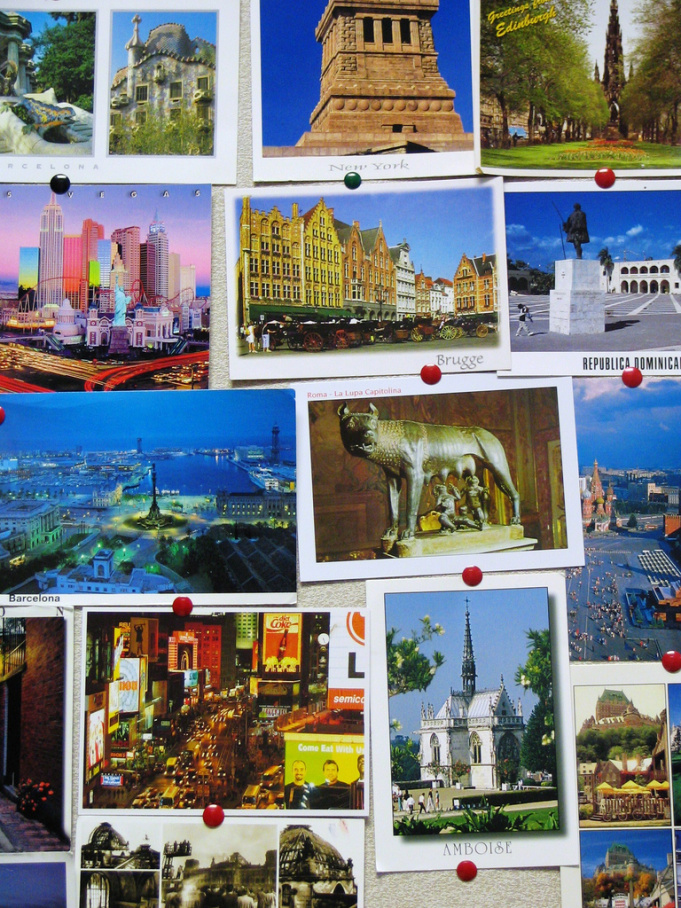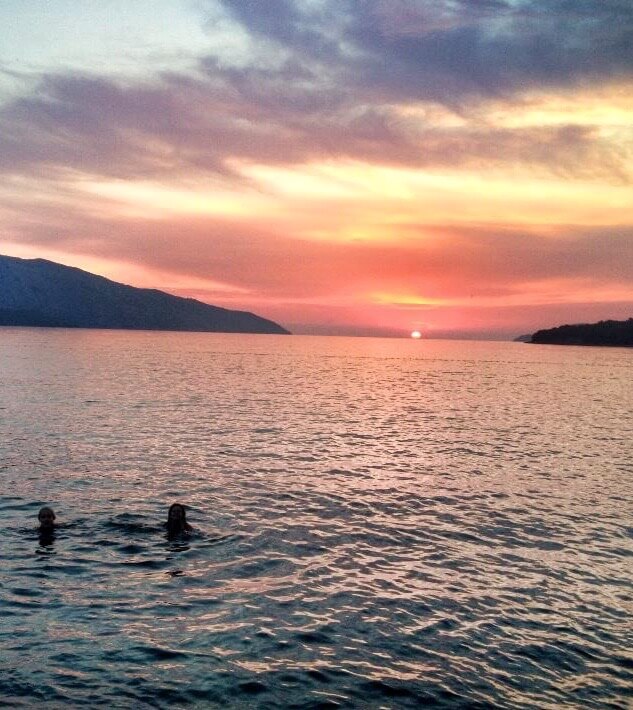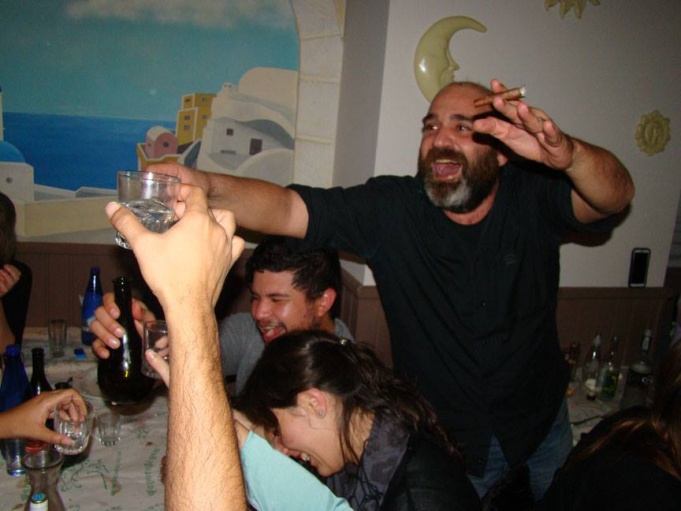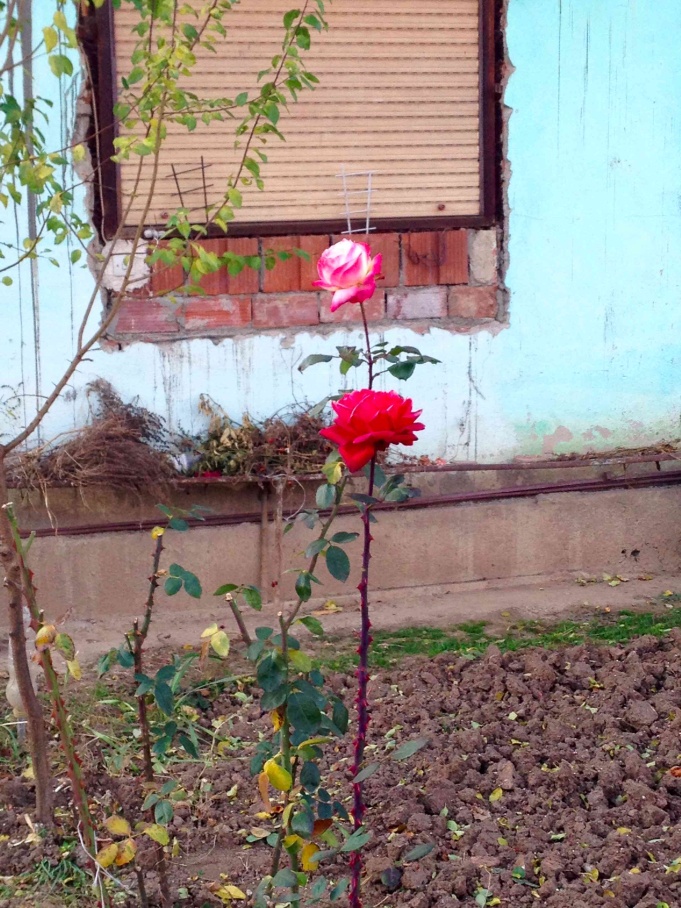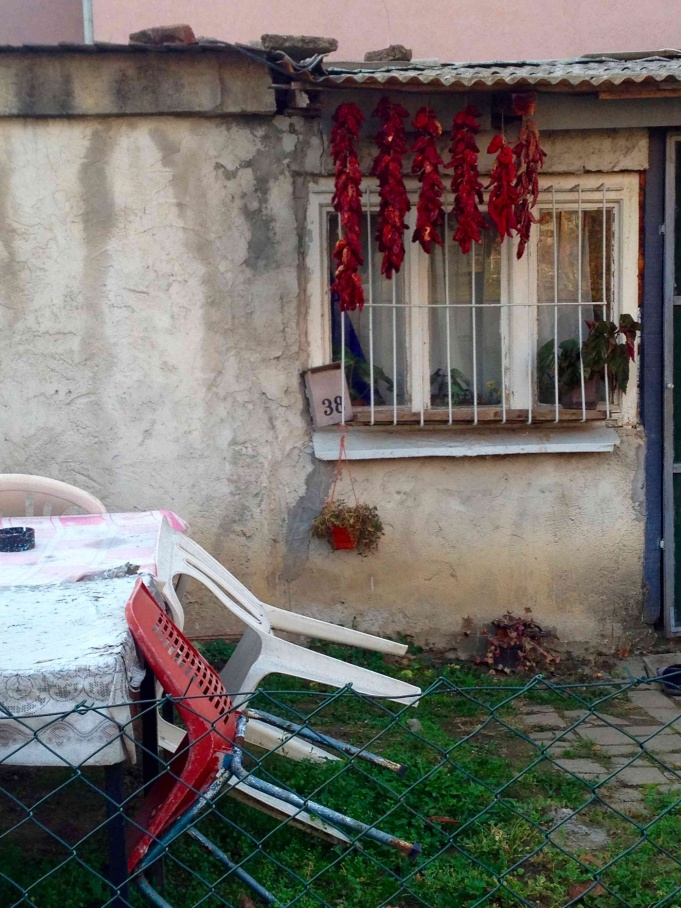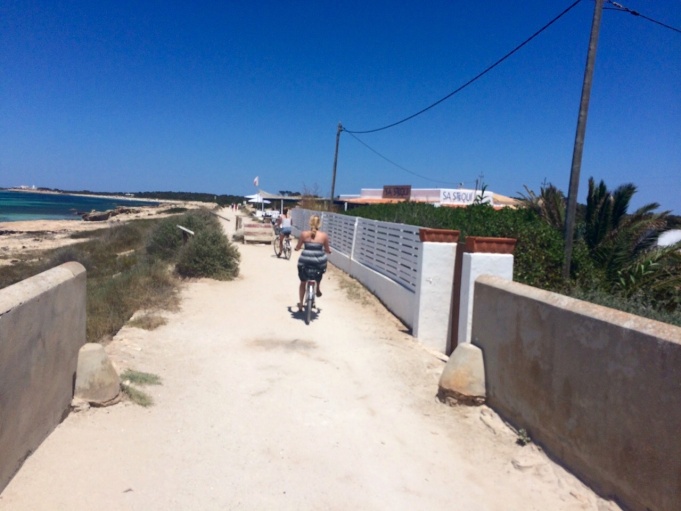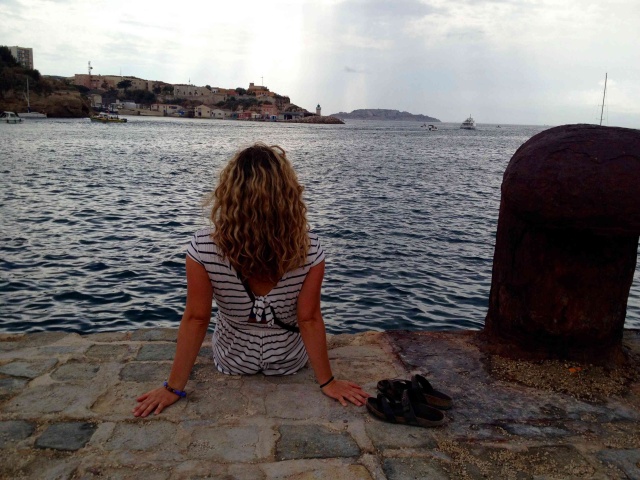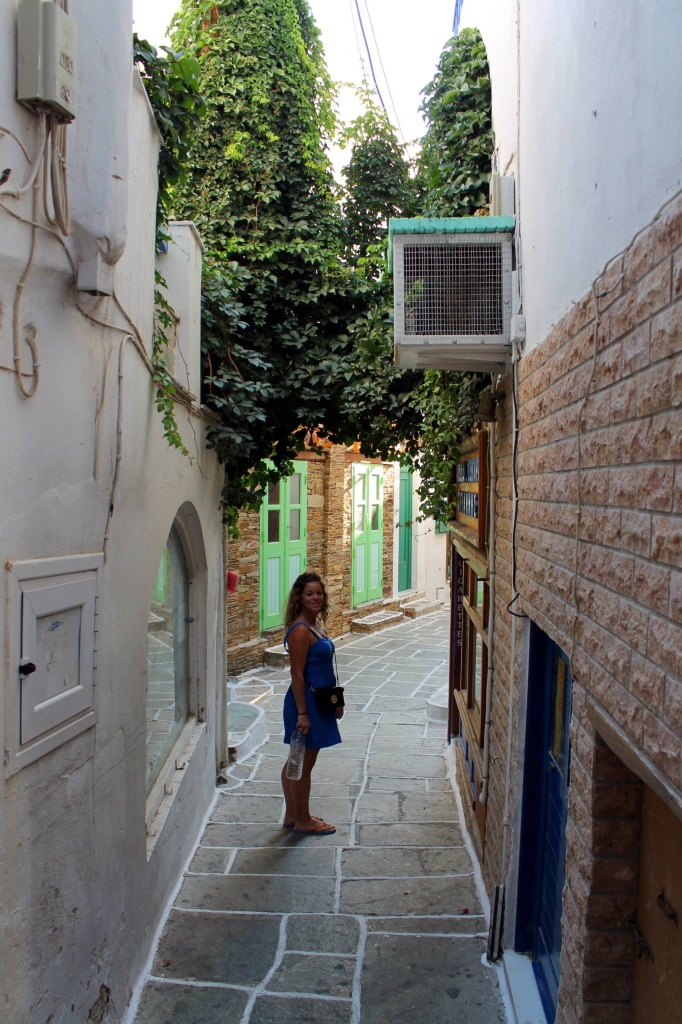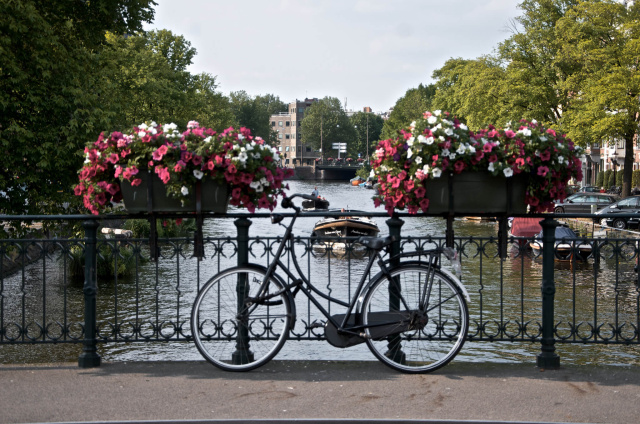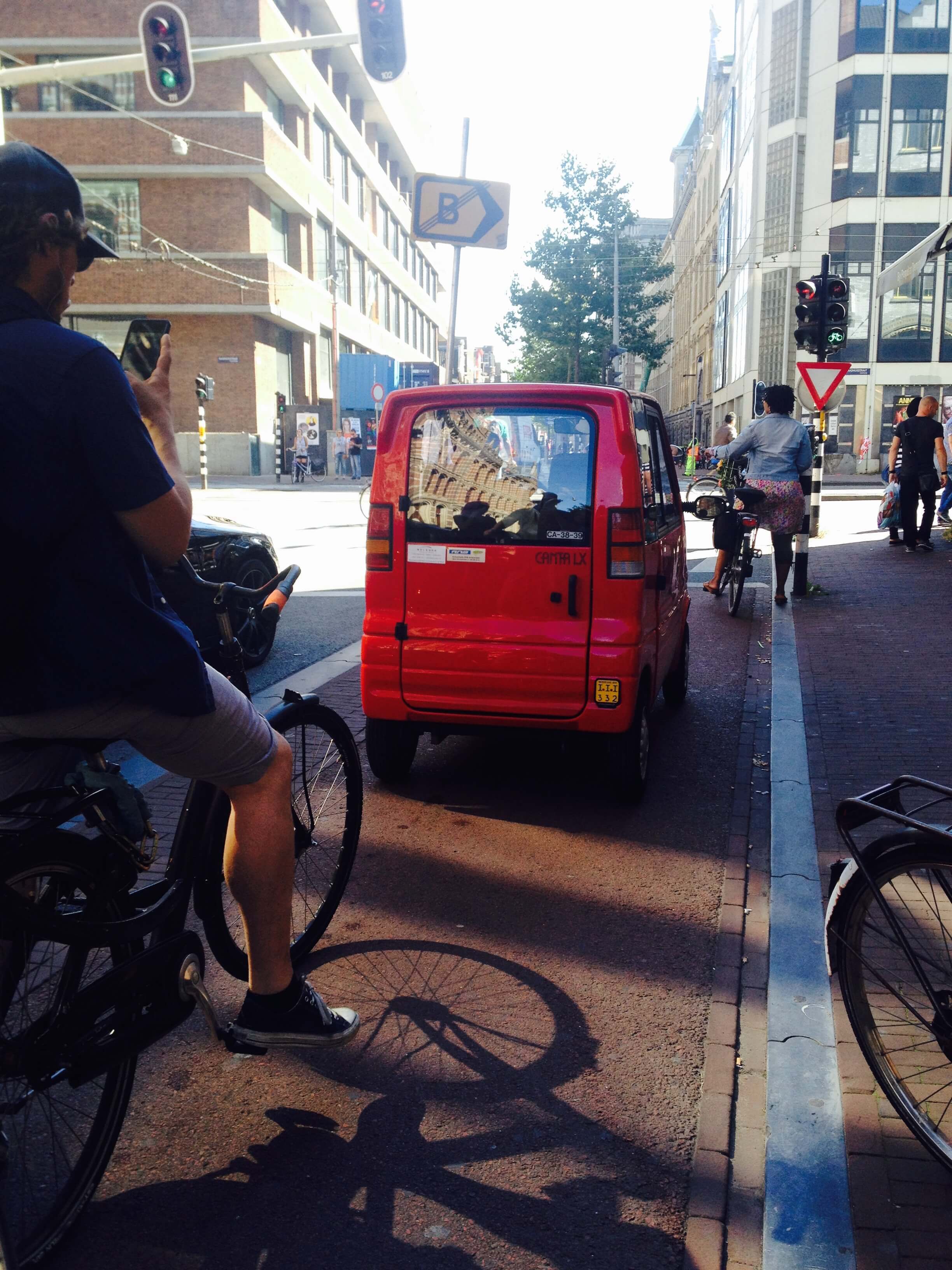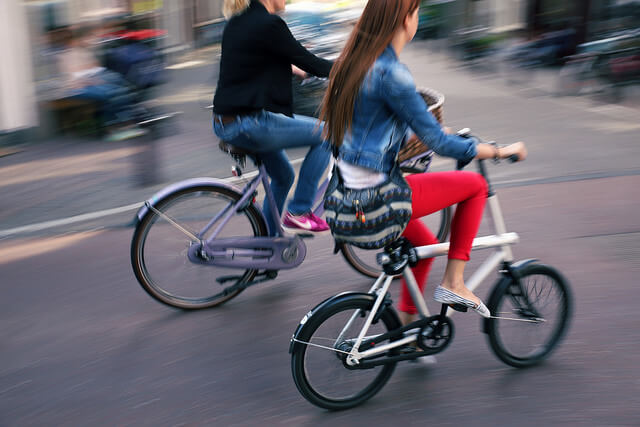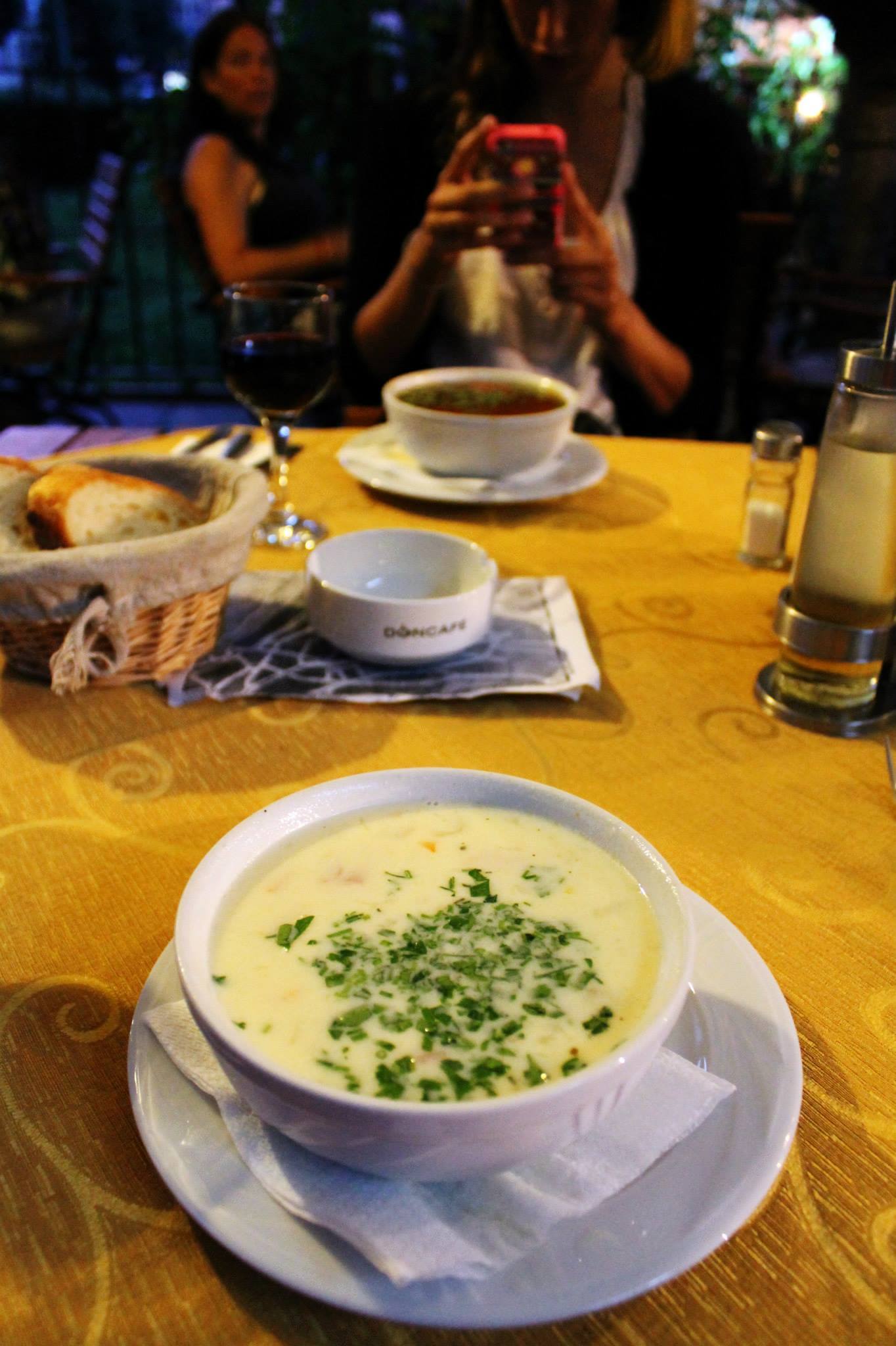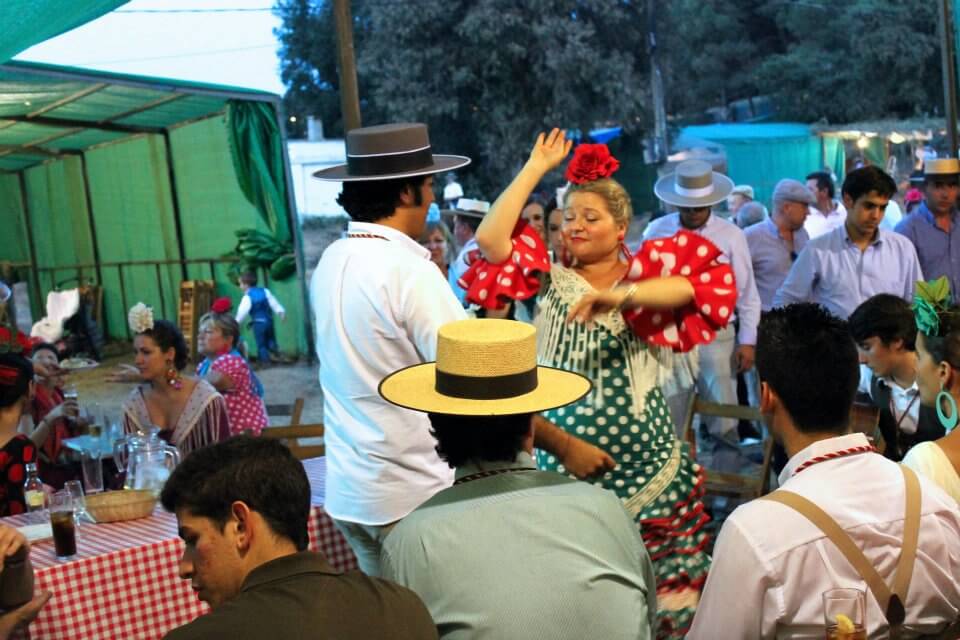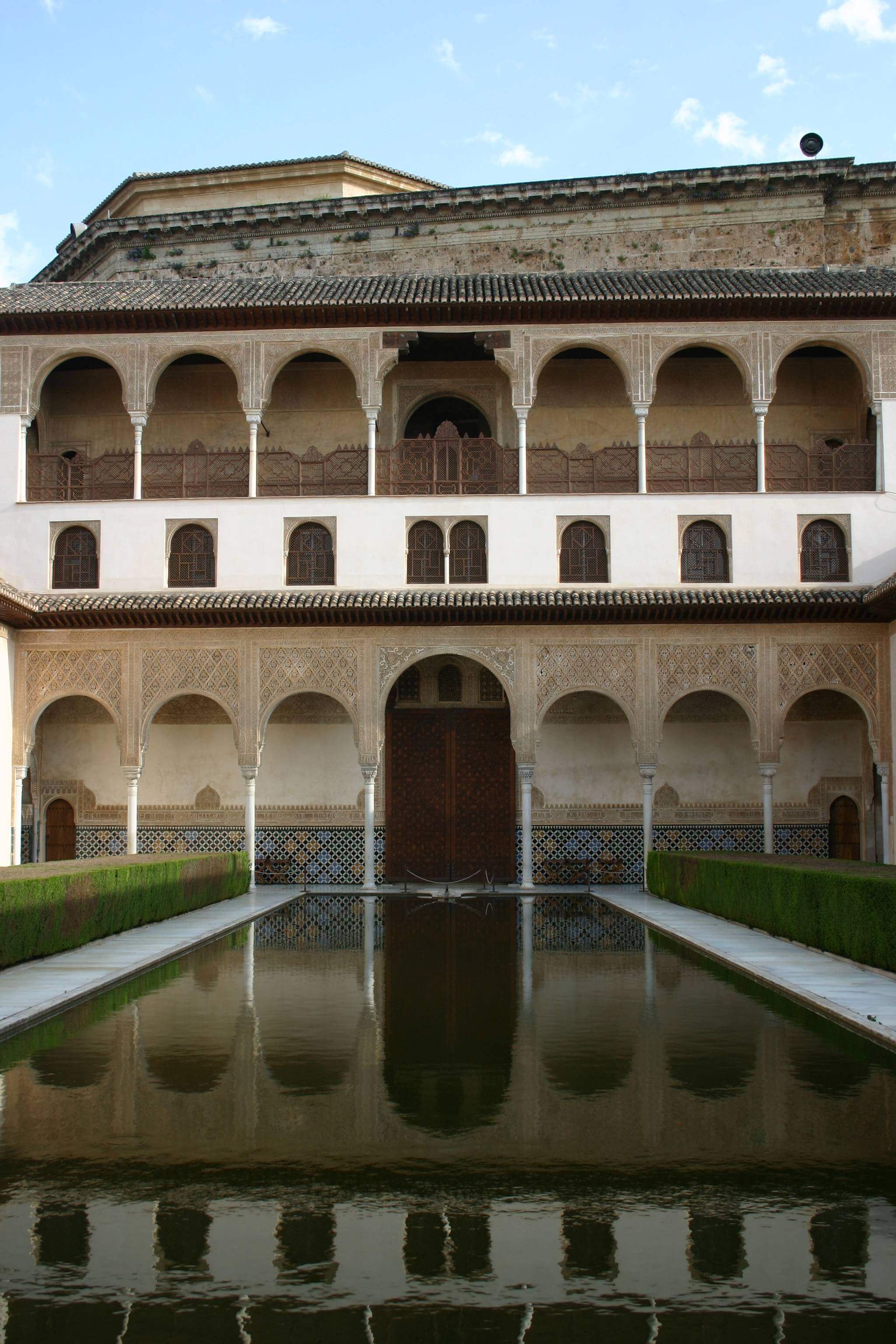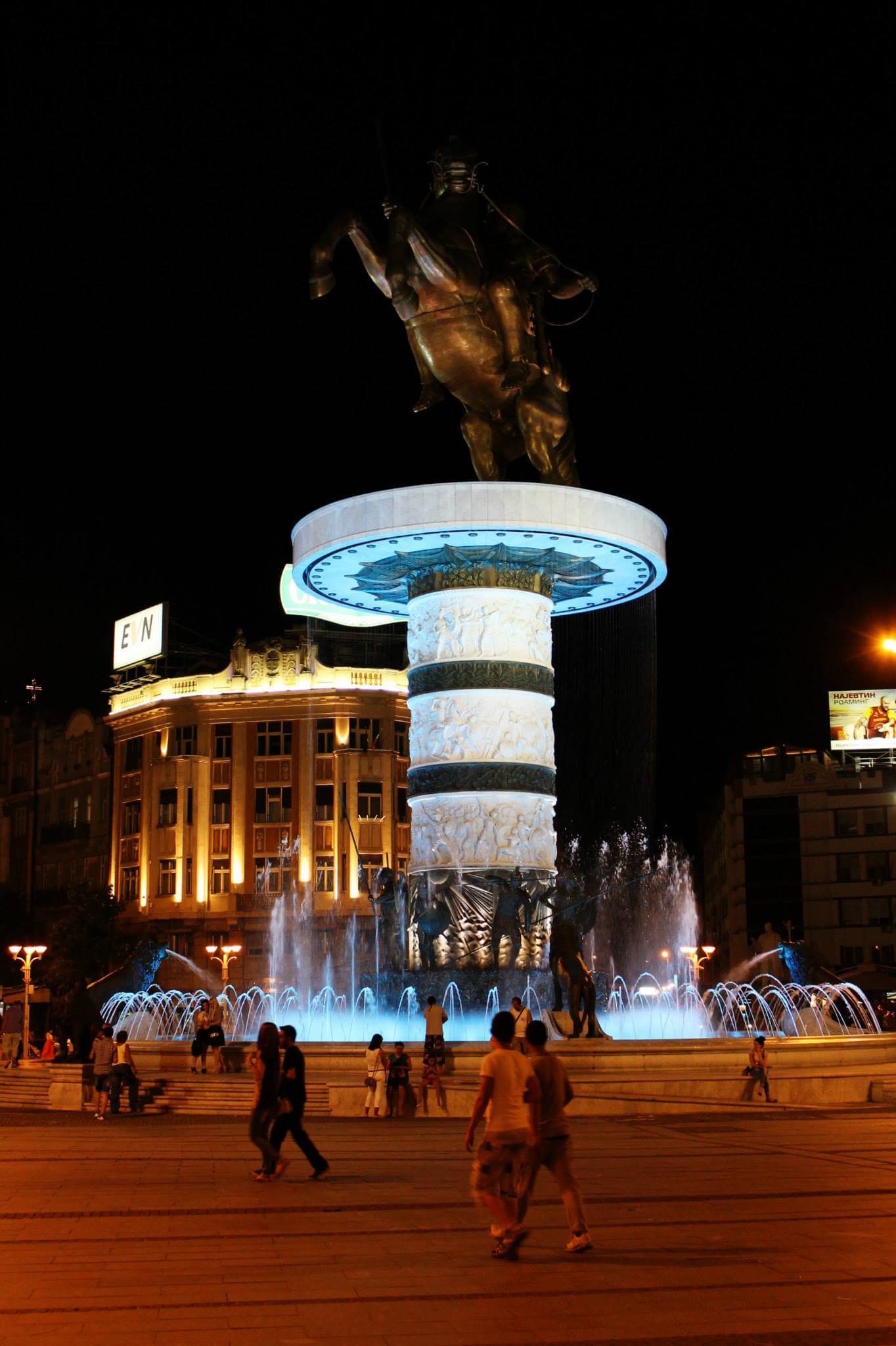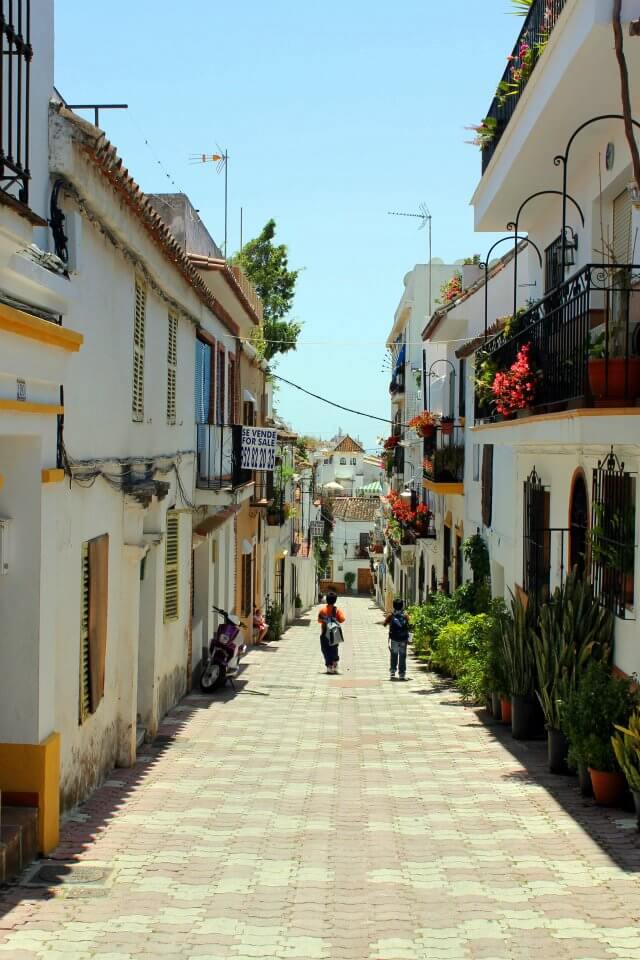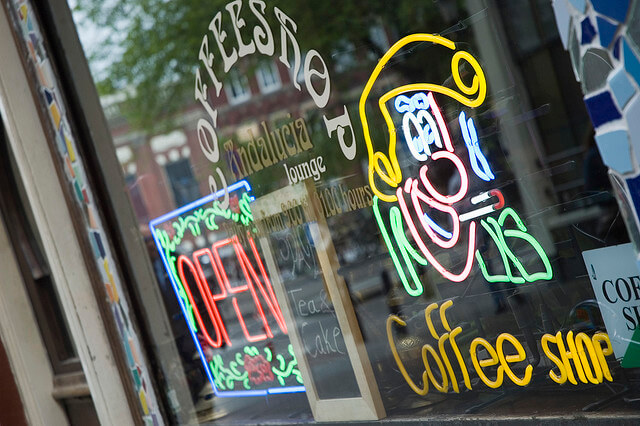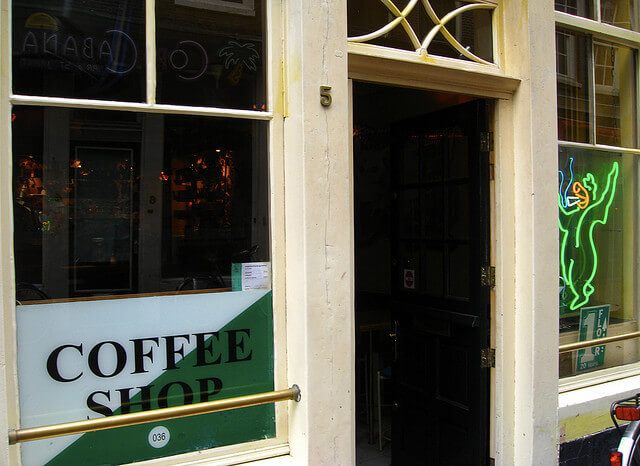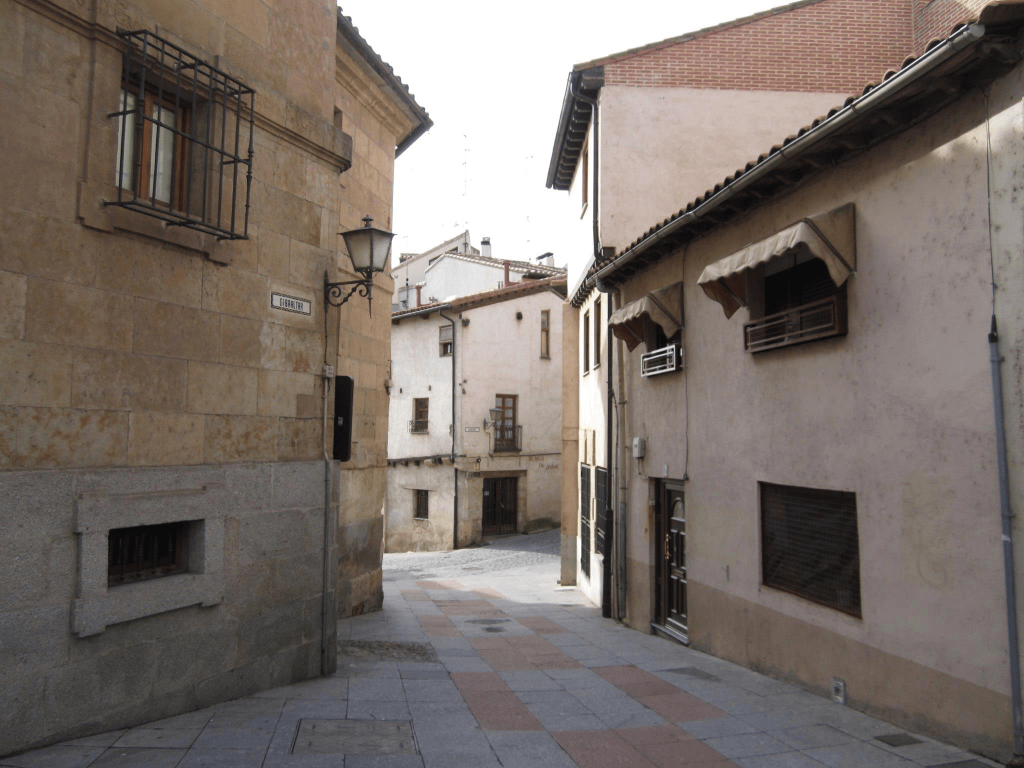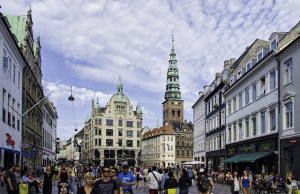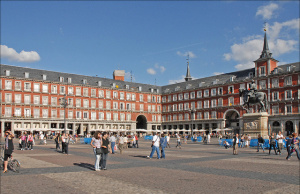Budget guide to traveling city to city
What’s your favorite way of traveling?
Do you enjoy luxury vacations, equipped with a hotel, spa, breakfast buffet and those white fuzzy robes? Or do you prefer to “rough it”? Staying in cheap places, saving up as much as you can for your next trip? For me, I would be a healthy medium. My best traveling experiences have come when I’ve gotten up close and personal with how people really live.But, of course, I enjoy a big, comfortable hotel bed every once and a while too!
Once I’ve checked out the major sights the city or village is known for, I try to scoot away from the main tourist drag. Instead I try to look for the little side streets that offer a more authentic feel.
Being a student, I definitely can’t afford to pay full price any nice hotel or “luxury travel experience”.
I have learned, however, that you can travel pretty comfortably from place to place within Europe for very low prices if you know where to look. This way, I can spend my limited funds on visiting new places and gaining more experiences.
Flights

Flights wouldn’t be my favorite mode of transportation. Airports can sometimes be located far outside the city. Plus, you always have to get there a few hours ahead of time. The reasons why I do choose to fly when traveling are because it could be the quickest route or even the least expensive option (surprisingly).
Skyscanner.com is a good place to start. If you don’t know where you want to go, just put in your current location and choose “everywhere” as your destination. From there you can see the cheapest flights for the desired time period. If dates are flexible, you can also choose “whole month” or “whole year” instead of specific dates. Then, find the cheapest flights during that entire time period. Sometimes, the prices are not the most up to date, but usually you can get a good idea from the initial searches.
Trains

If you are going from one country to another, look at various search engines from each country, as one may be a lot cheaper than the other. Last year, my train from Holland to German was half the price on the Dutch website versus the German one.
If you’re planning a long trip throughout Europe, I would definitely recommend using the rail system. If you can find a train that offers an overnight ride with a bed or “couchette”. That is a great option to not only travel comfortably but also save money, as you won’t need to pay for a place to stay that night. Also, if you are a student or under 25, StudentUniverse.com offers discounts. Plus, trains give you the chance to see the countryside and some beautiful scenery like this view from our train ride in Slovenia!
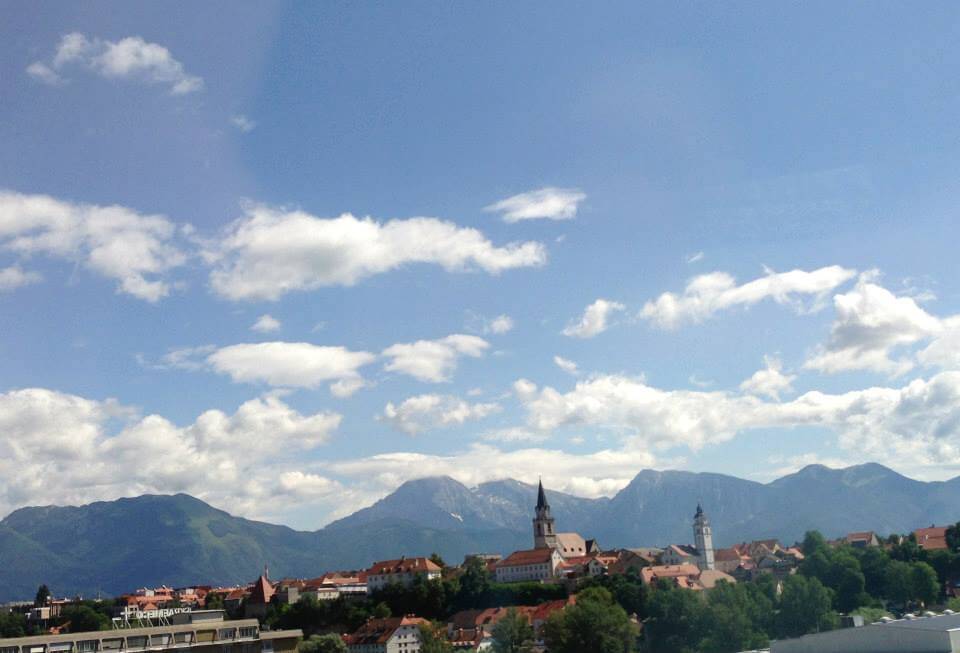
Bus

The bus is usually a really cheap traveling option. But I always want to be careful the bus route doesn’t take way longer than the other modes. And, if you get stuck with a dud bus company, the trip can be pretty uncomfortable. Bus prices are always advertised throughout the cities, so just do a quick Google search to find one on the route you are looking for.
Car-sharing

I’ve had only one experience with the German car sharing “mitfahrgelegenheit” and I could definitely recommend it. It was inexpensive and very convenient. Plus, if someone is already going that way, why not hop in and save some carbon emissions that would have been used for you if you traveled separately? Another good option for ride sharing is BlaBlaCar.com, too!
